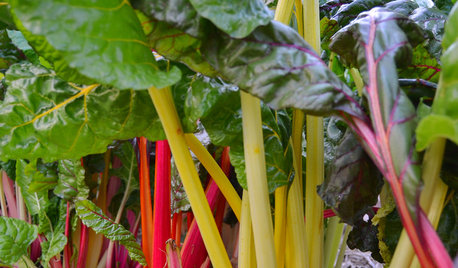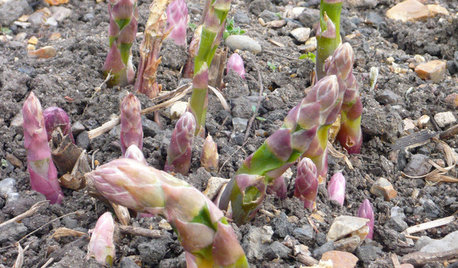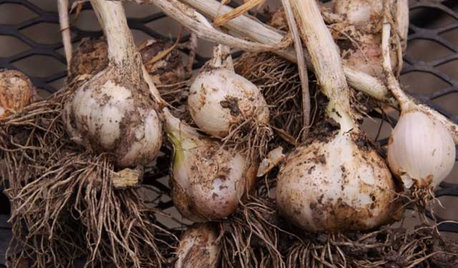Extending the Growing Season Techniques (Early Planting)
smithmal
11 years ago
Related Stories

WINTER GARDENINGExtend Your Growing Season With a Cold Frame in the Garden
If the sun's shining, it might be time to sow seeds under glass to transplant or harvest
Full Story
GARDENING GUIDESCool-Season Vegetables: How to Grow Chard
A year-round garden favorite with a colorful stem, Swiss chard comes into its own in early spring and in fall
Full Story
NATIVE PLANTSPlant These Fall-Flowering Natives in Early Summer for Pollinator Love
These 3 groups of plants will support masses of beneficial insects come autumn
Full Story
FARM YOUR YARDCool-Season Vegetables: How to Grow Lettuce
Leaf, butterhead, crisphead or romaine — lettuce is best harvested in the cool weather of spring and fall
Full Story
EDIBLE GARDENSHow to Grow 10 Favorite Fruit Trees at Home
Plant a mini orchard in fall, winter or early spring to enjoy fresh-off-the-tree fruit the following year
Full Story
GARDENING GUIDESGrow Your Own Privacy: How to Screen With Plants and Trees
Use living walls to lower your home and garden's exposure while boosting natural beauty in your landscape
Full Story
EDIBLE GARDENSSummer Crops: How to Grow Tomatoes
Plant tomato seedlings in spring for one of the best tastes of summer, fresh from your backyard
Full Story
COOL-SEASON CROPSCool-Season Vegetables: How to Grow Asparagus
Patience pays off with this harbinger of spring that lasts for decades in the garden
Full Story
COOL-SEASON CROPSCool-Season Vegetables: How to Grow Potatoes
This ever-popular tuber is a stalwart in spring and fall gardens and a staple in kitchens everywhere
Full Story
COOL-SEASON CROPSCool-Season Vegetables: How to Grow Garlic
Beloved in a wide range of dishes the world over, garlic thrives in a fall garden and is easy to grow
Full Story





smithmalOriginal Author
digdirt2
Related Professionals
Camas Landscape Architects & Landscape Designers · Foothill Ranch Landscape Architects & Landscape Designers · Hyattsville Landscape Architects & Landscape Designers · Waterbury Landscape Contractors · Ellicott City Landscape Contractors · Fort Hunt Landscape Contractors · Long Beach Landscape Contractors · Smyrna Landscape Contractors · Wilsonville Landscape Contractors · Markham Landscape Contractors · Hawaiian Gardens Landscape Contractors · Castaic Gardeners & Lawn Care · Foley Driveway Installation & Maintenance · Milpitas Driveway Installation & Maintenance · Morgan Hill Driveway Installation & Maintenancejonfrum
glib
smithmalOriginal Author
smithmalOriginal Author
defrost49
jrslick (North Central Kansas, Zone 5B)
smithmalOriginal Author
pnbrown
jrslick (North Central Kansas, Zone 5B)
smithmalOriginal Author
jrslick (North Central Kansas, Zone 5B)
smithmalOriginal Author
planatus
pnbrown
smithmalOriginal Author
planatus
smithmalOriginal Author
smithmalOriginal Author
smithmalOriginal Author
thegreatcob
jrslick (North Central Kansas, Zone 5B)
smithmalOriginal Author
thegreatcob
barrie2m_(6a, central PA)
jonfrum
little_minnie
smithmalOriginal Author